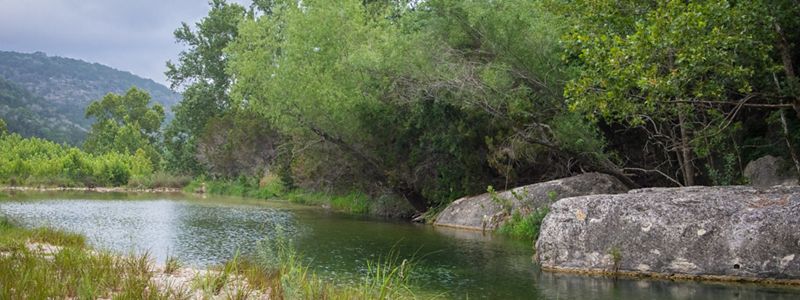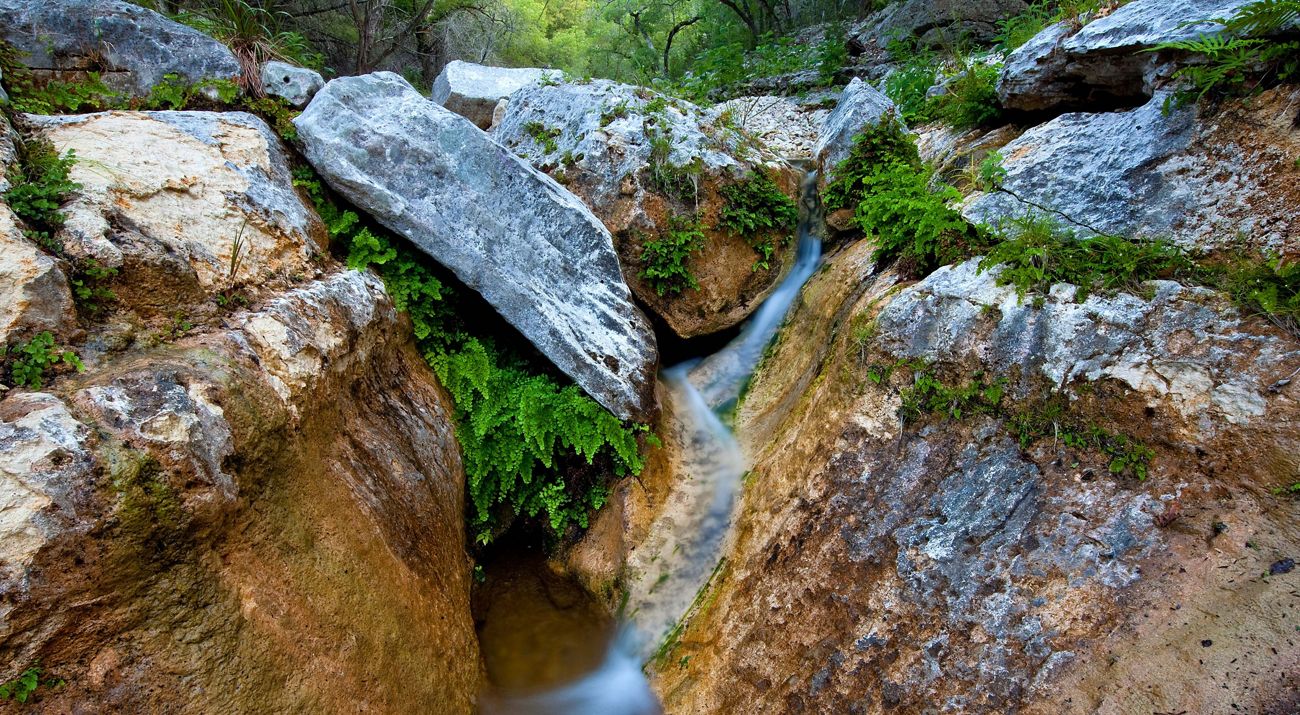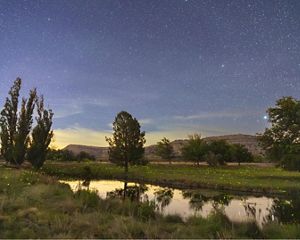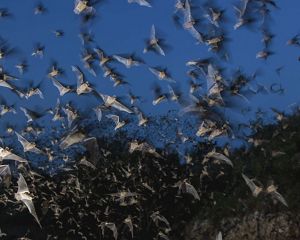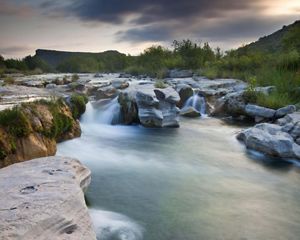Edwards Aquifer Protection
TNC and partners have protected significant acreage above the Edwards Aquifer, which is one of the most important water resources in Texas.
Beneath the feet of more than two million Central Texans, freshwater flows through rocky cracks and caves, pooling at depths over 3,000 feet below the surface before traveling to our kitchen taps, wells and favorite spring-fed swimming holes. The Edwards Aquifer, one of the most prolific artesian aquifers in the world, stretches across 12 Texas counties, supplying water to communities and supporting Hill Country habitat. It is the lifeblood of this region, so it’s critical that we protect the quality of water returning into the aquifer—especially as central Texas develops at an unprecedented pace.
Protecting San Antonio's Drinking Water
Protecting the Edwards Aquifer
-
99,000
TNC has helped the City of San Antonio in preserving over 99,000 acres of land above or contributing to the Edwards Aquifer, protecting open space and water quality.
-
187,000
Together, TNC and its partners have safeguarded more than 187,000 acres in total over this critical resource through the Edwards Aquifer Protection Program.
View Map -
160
This total acreage is made up of 160 properties in Central Texas—over half of which TNC has directly protected or assisted in protecting.
-
2M
These efforts have helped conserve critical water supplies for the nearly 2 million Central Texans who rely on the Edwards Aquifer as a source of drinking water.
The Edwards Aquifer is the primary source of drinking water for the entire city of San Antonio and much of the surrounding Hill Country. The aquifer plays an important role in feeding our springs, rivers and lakes, which in turn sustain numerous native plants and wildlife, including rare and endangered species found nowhere else. It also supports the agricultural, industrial and recreational activities that help Texas’ economy thrive while contributing immeasurably to the culture and heritage of the Lone Star State—and it all begins with a little percolation.
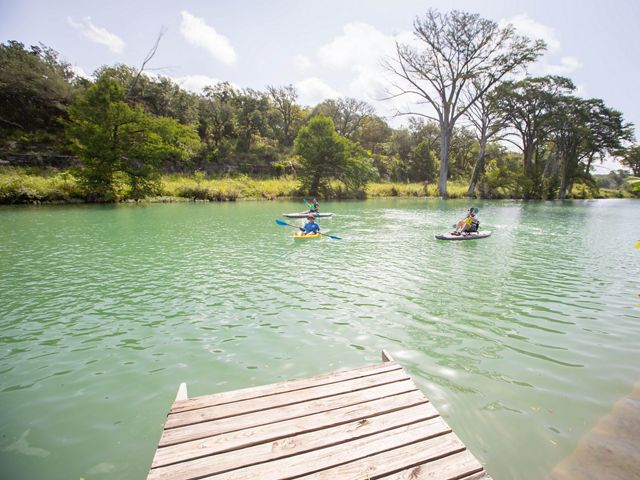
The land above the aquifer is broken into four primary zones. Two of those regions—the recharge and contributing zones—replenish the aquifer through rainwater, which seeps through fissures and sinkholes in the iconic limestone features that adorn central Texas. Think of an aquifer as a giant sponge that moves and collects water as it trickles from the surface through underground layers of porous rock. The water held in these underground reservoirs is known as groundwater, and it can eventually flow to the surface, creating natural springs like Austin’s Barton Springs and Comal Springs in New Braunfels.
With this process in mind, it’s no mystery that one of the best ways to preserve the quality and quantity of the water flowing into the Edwards Aquifer is by protecting the land above it. But as central Texas’ population continues to climb and its metro areas grow at some of the fastest rates in the nation, protecting greenspace has become a formidable challenge. The loss of land in favor of development with impervious surface cover can prevent nature from naturally absorbing water and replenishing the aquifer.
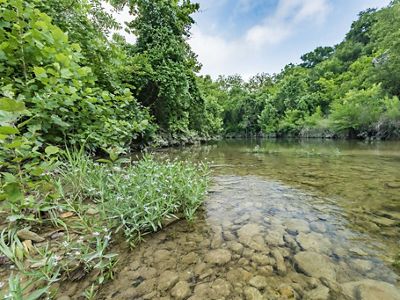
As the only major U.S. metropolitan area dependent on an aquifer for most of its drinking water, San Antonio has long understood the importance of conserving open space to keep groundwater from being polluted by runoff from intensive development. In 2000, voters approved the city’s first publicly financed measure to protect the aquifer, creating the Edwards Aquifer Protection Program. The proposition passed with enthusiastic support and ultimately raised $45 million to purchase properties in Bexar County, where San Antonio lies. Five years later, San Antonians voted not only to continue the program, but to also double the amount of funding and expand it to include rural counties. The second phase of the Edwards Aquifer Protection Initiative allocated an additional $90 million to protect the Edwards Aquifer. In 2010 and 2015, voters renewed the initiative yet again at the same level for a total of $315 million spent to date.

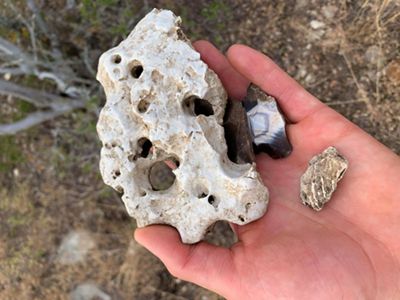
Since 2000, The Nature Conservancy (TNC) and other partners have helped to ensure that these funds have the most impact. TNC has assisted the City with conserving more than 99,000 acres of valuable green space over the Edwards Aquifer to benefit water quality. Additionally, since the early 1990s, TNC has helped five Central Texas cities and counties—accounting for more than 3 million people—make nearly $1 billion in citizen-authorized investments to help protect the Edwards Aquifer. TNC continues to acquire and manage land in sensitive areas, like Barton Creek Habitat Preserve in Austin, the Frank Klein Cibolo Bluffs Nature Preserve just outside of San Antonio and Love Creek Preserve near Medina—all of which contribute to or recharge the aquifer.
We Can’t Save Nature Without You
Sign up to receive monthly conservation news and updates from Texas. Get a preview of Texas's Nature News email.
